Microchip PIC24HJ128GP502 Manual
Microchip
Ikke kategoriseret
PIC24HJ128GP502
| Mærke: | Microchip |
| Kategori: | Ikke kategoriseret |
| Model: | PIC24HJ128GP502 |
Har du brug for hjælp?
Hvis du har brug for hjælp til Microchip PIC24HJ128GP502 stil et spørgsmål nedenfor, og andre brugere vil svare dig
Ikke kategoriseret Microchip Manualer
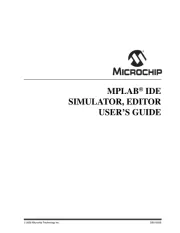
25 Oktober 2025
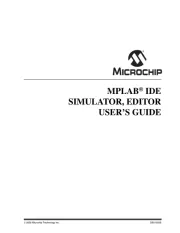
25 Oktober 2025

24 Oktober 2025
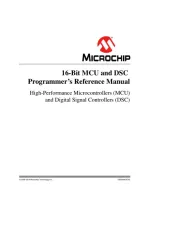
24 Oktober 2025
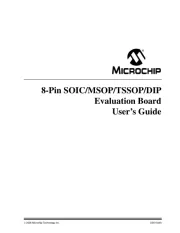
24 Oktober 2025
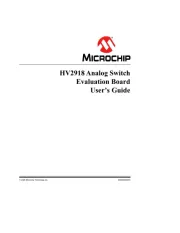
23 Oktober 2025
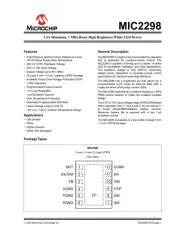
23 Oktober 2025
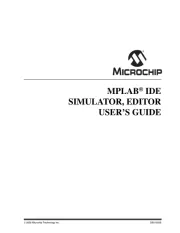
23 Oktober 2025
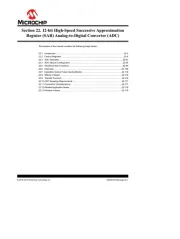
21 Oktober 2025
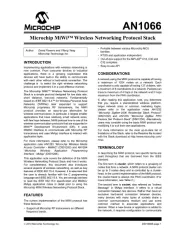
21 Oktober 2025
Ikke kategoriseret Manualer
- Plunge
- Better Life
- Delta
- Draper
- ErgoAV
- G-Technology
- AS - Schwabe
- We-Vibe
- Dynacord
- Cleco
- Simagic
- DuroStar
- ELTA Music
- Artrom
- Toro
Nyeste Ikke kategoriseret Manualer

4 November 2025

4 November 2025

4 November 2025

4 November 2025

4 November 2025

4 November 2025

4 November 2025

4 November 2025

4 November 2025

4 November 2025
